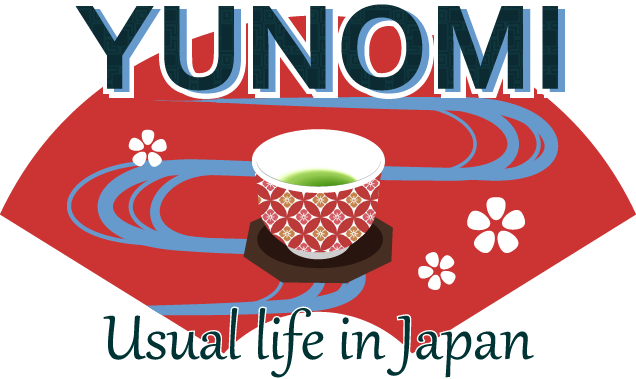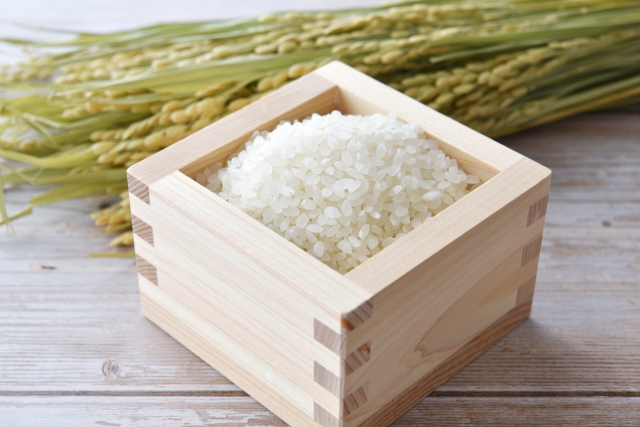Rice is a staple food consumed globally, but the types of rice and methods of cooking vary by country. Japanese rice, in particular, is known for its unique texture, flavor, and cultural significance.
In this article, we’ll explore how Japanese rice differs from other varieties around the world, its characteristics, cooking methods, and health benefits.
[st_toc]
Rice Around the World: Varieties and Differences
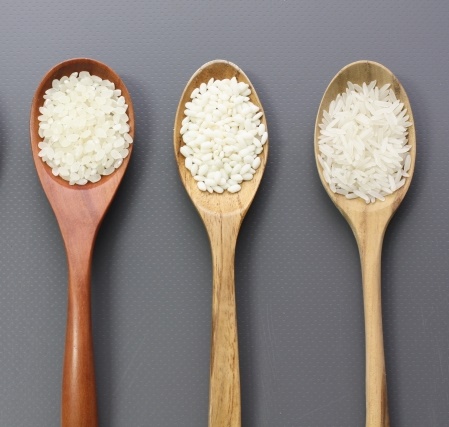
Rice is grown and consumed in various forms worldwide. Here are some of the most common types:
- Long-Grain Rice (e.g., Basmati, Jasmine): Popular in South and Southeast Asia, long-grain rice is light and fluffy with separate grains. It’s often used in dishes like biryani and stir-fry.
- Medium-Grain Rice (e.g., Arborio, Carnaroli): Mainly used in Italian cuisine, medium-grain rice has a slightly sticky texture, making it perfect for creamy dishes like risotto.
- Short-Grain Rice (e.g., Japonica): This is the most common type grown and eaten in Japan. Short-grain rice is sticky and ideal for dishes like sushi or rice balls.
Unique Characteristics of Japanese Rice
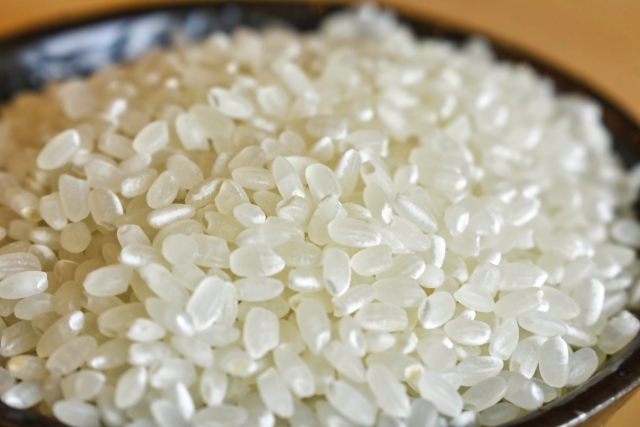
Japanese rice, particularly the Japonica variety, stands out from other types due to several key characteristics:
Sticky Texture
Japanese rice contains high levels of amylopectin, a type of starch that gives it its distinct sticky texture. This stickiness helps the rice grains cling together, making it perfect for eating with chopsticks or shaping into rice balls or sushi.
Moisture Content
When cooked, Japanese rice retains a higher moisture content, resulting in a soft, plump, and chewy texture. The balance of moisture allows each grain to be tender yet firm, enhancing the eating experience.
Slight Sweetness
Japanese rice has a naturally sweet flavor, which makes it enjoyable even when eaten plain. This subtle sweetness pairs well with traditional Japanese dishes and contributes to its popularity as a staple food.
How to Cook Japanese Rice
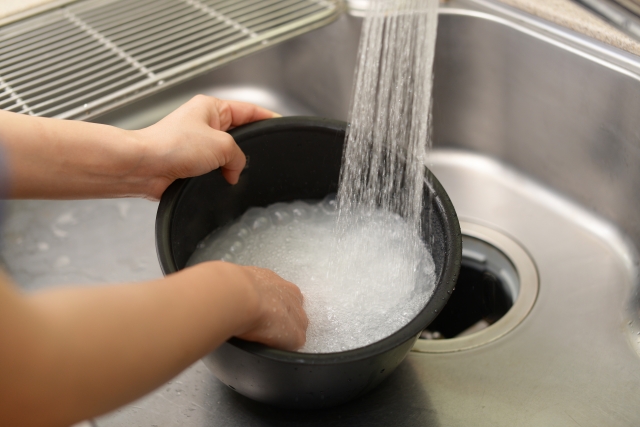
Cooking Japanese rice is an art that involves specific steps to maximize its flavor and texture.
Washing the Rice
Before cooking, Japanese rice must be thoroughly washed to remove excess starch. The rice is rinsed several times until the water becomes clear, which results in a cleaner, polished flavor after cooking.
Water Ratio
The ideal water-to-rice ratio is around 1:1.1. Adding slightly more water than rice ensures the perfect balance of stickiness and fluffiness. The amount of water can be adjusted based on personal preference, but this ratio is considered optimal for texture.
Rice Cookers vs. Pot Cooking
While modern rice cookers make cooking rice simple and consistent, traditional methods involve cooking rice in a pot. The pot is first heated over high heat, then simmered on low heat until fully cooked. Allowing the rice to rest after cooking ensures that each grain is perfectly fluffy.
Steaming the Rice
After cooking, it’s important to let the rice steam for about 10 minutes before serving. This resting period helps the rice grains absorb any remaining moisture and enhances its overall texture and sweetness.
Popular Japanese Rice Varieties
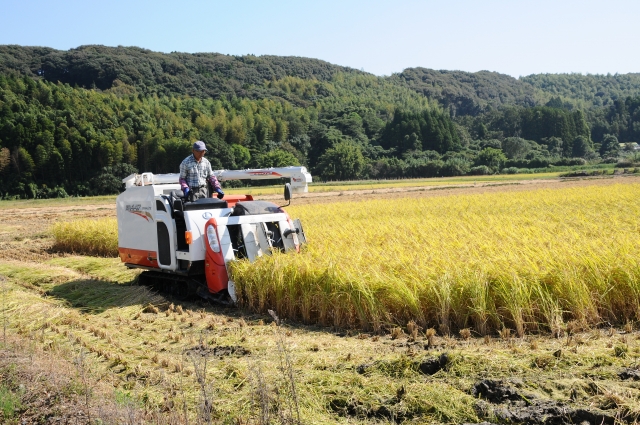
Japan grows a wide variety of rice, but some types are particularly famous for their taste and quality.
Koshihikari
One of the most well-known varieties is Koshihikari. Originally from Fukui Prefecture, Koshihikari is now grown nationwide. Its sticky texture and rich flavor make it a favorite for home-cooked meals and high-end restaurants alike.
Sasanishiki
Sasanishiki, originating from Miyagi Prefecture, is less sticky than Koshihikari but has a light and refreshing flavor. It’s often used for sushi because it holds its shape well and pairs perfectly with vinegar for sushi rice.
Akitakomachi
Akitakomachi is a popular variety from Akita Prefecture, known for its soft texture and mild sweetness. It’s widely enjoyed in homes across Japan.
Hitomebore
Cultivated primarily in Miyagi and Iwate Prefectures, Hitomebore (which means "love at first sight") lives up to its name with its well-balanced texture and flavor, making it ideal for everyday meals.
Health Benefits of Rice

Rice is not only a staple food in Japan but also offers several health benefits. Both white rice and brown rice consumed in Japan are rich in various nutrients.
A Source of Energy
Rice is packed with carbohydrates, making it an excellent source of energy. One bowl of rice provides around 240 calories, supplying the body with long-lasting energy for daily activities.
Rich in B Vitamins
White rice and brown rice contain Vitamin B1, which helps the body convert carbohydrates into energy and aids in fatigue recovery. Vitamin B also supports healthy nerve function, helping to reduce stress.
High in Dietary Fiber
Brown rice, in particular, is high in dietary fiber, promoting healthy digestion and improving gut health. The fiber also helps keep you full for longer, making it a popular choice for those on a weight loss diet.
Amino Acids and Protein
Although rice is not a complete protein, it still provides valuable plant-based protein. Protein helps with muscle repair and immune function. White rice also contains amino acids, which are essential for the body’s growth and repair processes.
Gluten-Free
Rice is naturally gluten-free, making it a safe option for people with gluten sensitivities or celiac disease. For those looking to avoid gluten, rice is a healthy and versatile alternative to wheat-based foods.
Regional Rice Dishes in Japan

Japanese cuisine features a variety of regional rice dishes that highlight the local flavors and traditions.
Sekihan (Red Rice)
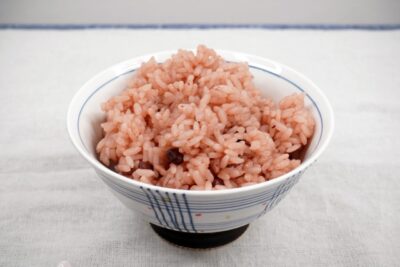
Sekihan is a special dish traditionally eaten during celebrations. Made from sticky rice and red beans, the red color is considered lucky and is often served during festivals and special occasions.
Takikomi Gohan (Seasoned Rice)
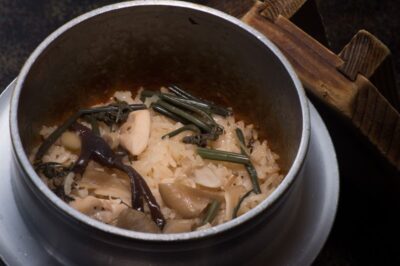
Takikomi Gohan is a popular dish where rice is cooked with seasonal ingredients like vegetables, chicken, or mushrooms. Each region has its own version, reflecting the local ingredients and tastes.
Onigiri (Rice Balls)
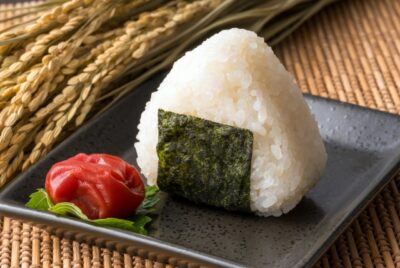
Onigiri (rice balls) are enjoyed across Japan, with fillings varying by region. For example, salmon and konbu are popular in Hokkaido, while mentaiko (spicy cod roe) is favored in Kyushu.
Miso-Grilled Onigiri
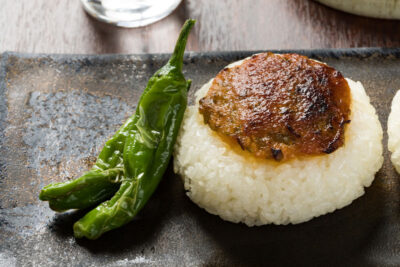
In some areas, miso-grilled onigiri is a local specialty. The savory miso paste is spread over the rice ball and grilled, giving it a smoky, rich flavor that pairs perfectly with the soft rice.
Conclusion
Rice may be a global staple, but the varieties and cooking methods vary greatly across cultures. Japanese rice, with its stickiness, flavor, and health benefits, stands out as a beloved food that’s deeply intertwined with the nation’s culture.
From everyday meals to special occasions, Japanese rice plays a vital role in both nutrition and tradition.
